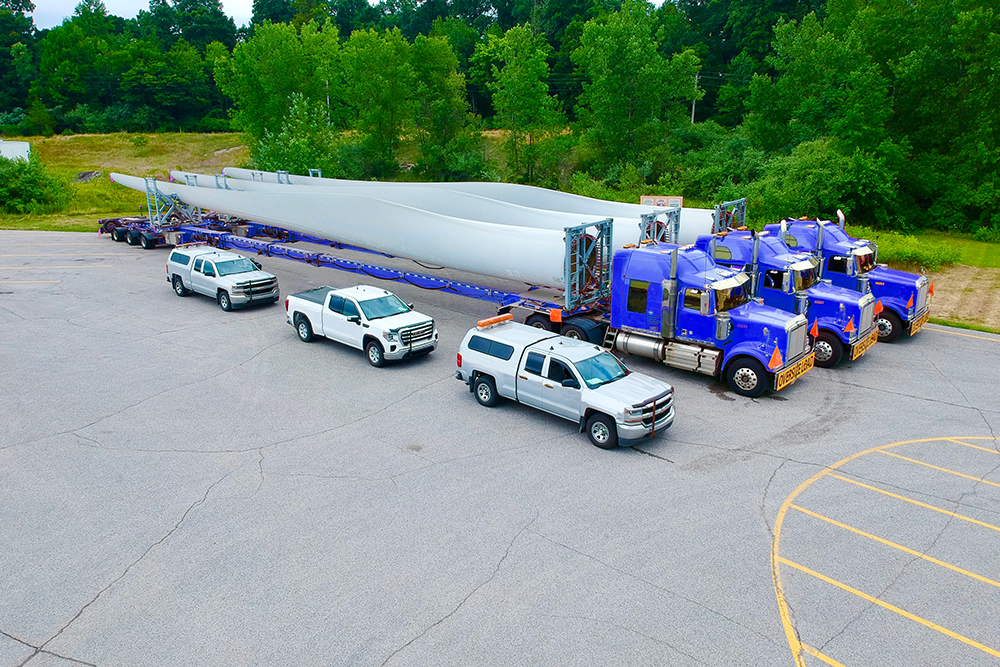Pilot car drivers play a crucial role in ensuring the safe transportation of oversized loads on roads in the United States and Canada. These drivers work in tandem with truck drivers carrying wide or heavy loads to alert other road users and navigate challenging routes. To ensure the safety of both the oversized load and other vehicles on the road, pilot car drivers must adhere to specific guidelines and best practices. In this article, we will discuss essential safety tips for pilot car drivers operating in the United States and Canada.
Importance of Safety for Pilot Car Drivers
Pilot car drivers serve as escorts for oversized loads, providing warnings to other drivers and helping to navigate difficult passages such as narrow roads, sharp turns, and low clearance areas. By following safety protocols and best practices, pilot car drivers can prevent accidents, protect valuable cargo, and ensure the smooth flow of traffic during transport operations.
Safety Tips for Pilot Car Drivers
1. Proper Training and Certification
Pilot car drivers should undergo comprehensive training programs and obtain the necessary certifications to perform their duties effectively. Training should cover topics such as traffic laws, communication protocols, route planning, and emergency procedures. By investing in training and certification, pilot car drivers can enhance their skills and knowledge to handle challenging situations on the road.
2. Conduct Pre-Trip Inspections
Before embarking on a transport mission, pilot car drivers must thoroughly inspect their vehicles to ensure they are in optimal condition. This includes checking the vehicle’s lights, signals, tires, brakes, and other essential components. Regular maintenance and inspections help prevent breakdowns and ensure the safety of the driver and the oversized load.
3. Maintain Clear Communication
Effective communication is key to the successful coordination of pilot car operations. Drivers should maintain constant communication with the truck driver transporting the oversized load and other team members. This includes using two-way radios, cell phones, and hand signals to convey important information about road conditions, traffic, and route changes.
4. Stay Visible and Alert
Visibility is crucial for pilot car drivers to alert other road users about the presence of an oversized load. Drivers should equip their vehicles with high-visibility markings, flags, and flashing lights to enhance visibility on the road. Additionally, staying alert and focused while behind the wheel helps pilot car drivers anticipate potential risks and react quickly to changing road conditions.
5. Adhere to Traffic Laws and Regulations
Pilot car drivers must comply with all traffic laws and regulations while escorting oversized loads. This includes obeying speed limits, traffic signals, and lane restrictions to ensure the safety of all road users. Drivers should also be familiar with local laws in different states and provinces to avoid any legal issues during transport operations.
6. Plan Ahead for Route Challenges
Before embarking on a transport mission, pilot car drivers should carefully plan their routes and identify potential challenges such as low bridges, construction zones, and narrow roads. By conducting thorough route assessments and preparing alternative routes, drivers can navigate safely through difficult passages and minimize delays during transport operations.
7. Be Prepared for Emergencies
Despite taking all necessary precautions, unforeseen emergencies can still occur on the road. Pilot car drivers should be prepared to handle emergencies such as breakdowns, accidents, and inclement weather conditions. Carrying essential safety equipment, emergency supplies, and contact information for emergency services can help drivers respond effectively in crisis situations.
Safety is paramount for pilot car drivers operating in the United States and Canada. By following these safety tips and best practices, pilot car drivers can enhance their skills, prevent accidents, and ensure the safe transport of oversized loads on roads. Investing in proper training, maintaining clear communication, staying alert, and adhering to traffic laws are essential steps to promote safety and professionalism in the pilot car industry.
Remember, the safety of everyone on the road depends on the diligence and expertise of pilot car drivers. By prioritizing safety and following best practices, pilot car drivers can contribute to safer roads and efficient transport operations across the United States and Canada.

